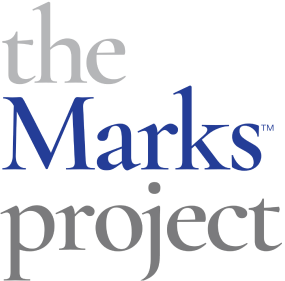![]() Printer version
Printer version
Nancy Jacobsohn
1948 Born Penn Yan, New York
EDUCATION
1970 BA Art Education, Pasadena College, Pasadena, California
2000 MLAS Fine Art, Vanderbilt University, Nashville, Tennessee
RESIDENCIES
1992—Teaching Artist, Tennessee Arts Commission
2017 Artist in Residence, The Clay Lady's Campus, Nashville Tennessee
PRIMARY WORK EXPERIENCE
1970-1980 High School Art Teacher, California, Massachusetts, Georgia Public Schools
1987-1990 Teacher, Cheekwood Estate and Gardens, Nashville, Tennessee
1990-1994 Director of Education, Cheekwood Estate and Gardens, Nashville Tennessee
1994-1995 Executive Director, Historic Traveler’s Rest Plantation and Museum, Nashville, Tennessee
1996—Studio Artist, Sole Proprietor, The Clay Horse Studio, Sparta, Tenness
BIOGRAPHY
Nancy 'Nan' Jacobsohn is known for creating handbuilt white stoneware sculpture that often includes the horse as a central figure. Pieces are most often developed using a combination of slabs, coil building, and solid built methods. Using this technique she builds a solid form, when it has partially hardened she cuts it apart, hollows out the interior and then puts the piece back together. She does not begin with a block of clay and carve out the form.
Jacobsohn's work is almost always narrative, often from an autobiographical standpoint. She most often uses the horse to help tell these stories: either as a symbol for women, or in some cases, life's journeys. Jacobsohn believes this particular animal relates to women, especially in their youth. She reasons that young girls are ultimately drawn to the innate beauty and power that radiates from the horse. In addition, Jacobsohn uses a variety of symbols, and iconography to help tell these autobiographical narratives. Sculptural content includes aging, health issues, pain, and recovery in many cases. Jacobsohn’s work stems from a rich lineage of practicing artists. She credits her initial interests in visual arts to her grandmother, a home arts specialist and rug maker. Her daughter, Beth Cavener continues the family legacy as a ceramic sculptor, also focusing on animals.
PUBLIC COLLECTIONS
Southern Highland Craft Guild, Asheville, North Carolina
Tennessee State Museum, Nashville, Tennessee
Webb School Library, Belt Buckle, Tennessee
BIBLIOGRAPHY
Cavener Stichter, Beth. “New Beginnings.” Ceramics Monthly (May 1999).
De May, Susan. “Cover Story.” Clay Times (2014).
Riggs, Daniel. “Sculpting the Wild Horse.” Clay Times (November 1999).
Tourtillott, Suzanne J.E. 500 Animals in Clay: Contemporary Expressions of the Animal Form. New York, NY: Lark Books, 2006.
 | Southern Highland Craft Guild |
 | Center For Craft |
Citation: "The Marks Project." Last modified May 20, 2023. http://www.themarksproject.org:443/marks/jacobsohn







